Guidelines
We might feel ourselves to be living in turbulent times as the world changes around us in ways that seem to be accelerating and difficult to comprehend. The experience of childhood is also being transformed – and not only in positive ways. A significant factor in these changes is the media we use to communicate, including the increasing effects of social media and the rising complexity of digital technology.
It is an illusion to think that schools and early childhood settings can continue their practices without incorporating these changes. To support teachers, parents, and caregivers in this endeavour, the HERMMES Guidelines deal with questions such as: “How do we transform practices in our lives, homes, and educational settings so that when we work with children and young people, we can balance the positive and negative effects of media and digital technology?”
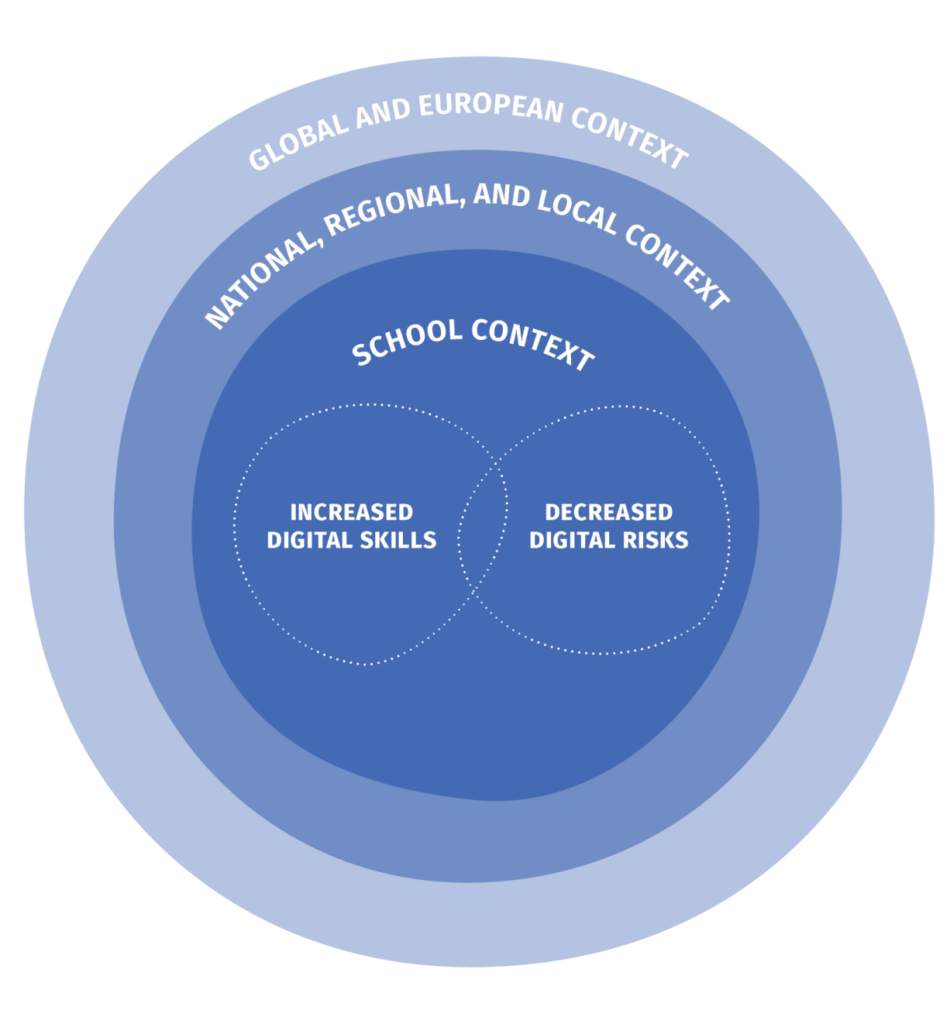
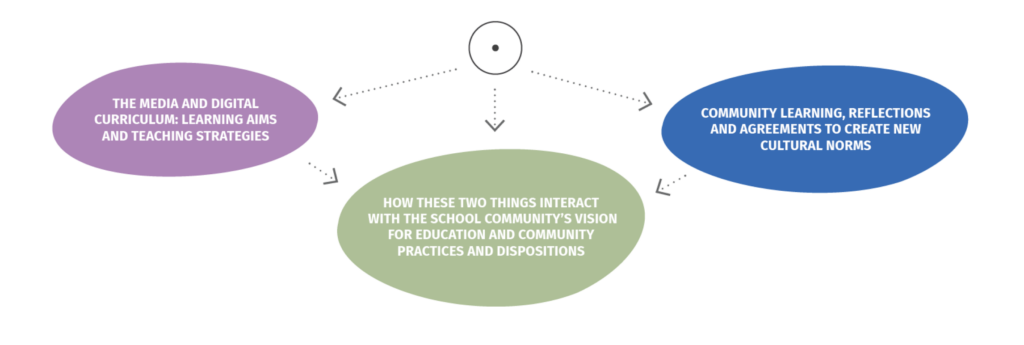
Starting point
Making changes is challenging and takes time. The guidance is not a recipe that can be followed from beginning to end. Schools will need to work simultaneously on the three areas in order to implement change. Please, dip in and out of this guidance and the curriculum document in a way that best supports you and your school community.
Start by getting an agreement, first from colleagues in the school, and then from parents / carers and the whole school community, what exactly you are aiming to work on. Define what you need to increase and develop, such as children’s well-being, safety and security, their computational thinking and problem solving, etc., and what you need to moderate and mature, such as recognising and responding to the impact of digital media on attention, social relationships, physical and mental health.
Increase and develop
Children’s well-being, safety and security
Computational thinking and problem solving
Media (analogue and digital) content creation
Information and data literacy and criticality
Communication, cooperation and empathy
Moderate and mature
Responding to the impact of digital media on attention, social relationships, physical and mental health
Reflect on the use of digital media, e.g., as baby-sitter, mediator, sanction and reward.
Effective use of technical solutions, e.g., child protection software, time limits, filters
Introducing digital devices later and with more consciousness, reflection and collaboration
Reducing availability and use of digital devices
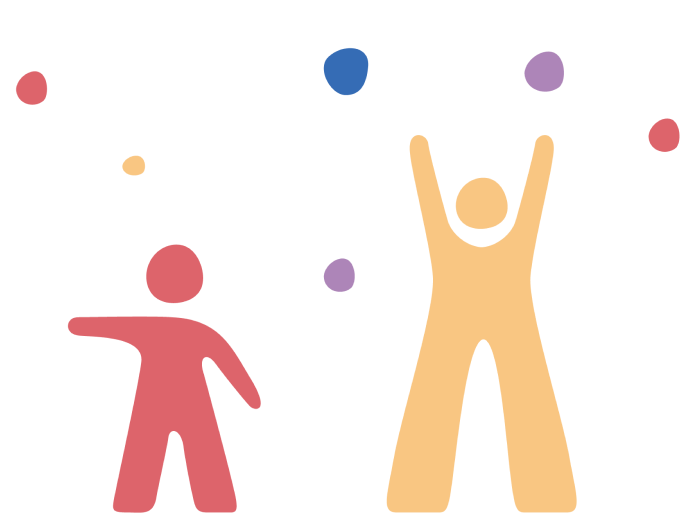
The media curriculum
Mapped to DigComp and designed to support teachers in kindergartens and schools in enabling children and young people to become digitally resilient, media mature adults step by step..
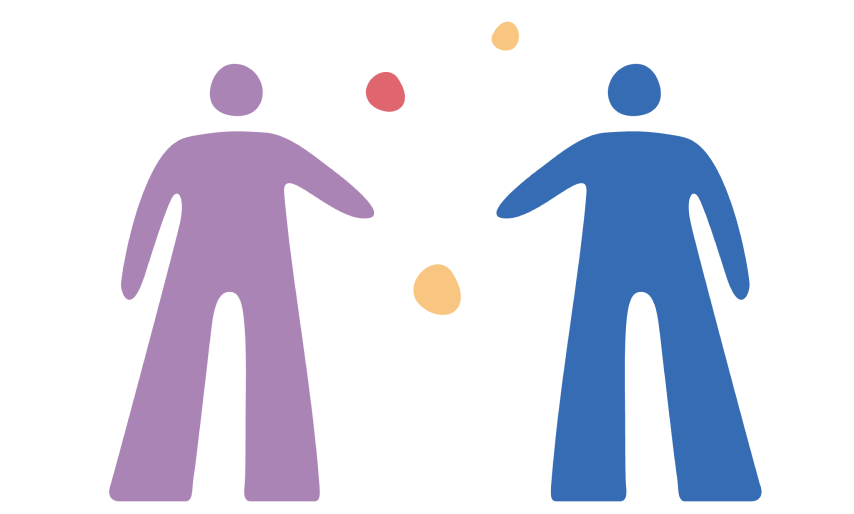
Community and culture
A practical guide for teachers and parents for jointly creating a community and culture that promotes healthy use of digital media at school, at home, and everywhere in between.
Developing the context
The implementation of a holistic digital media curriculum can only happen in the whole-school context including the wider educational community. Here we offer some questions one should consider when embarking on this journey.
Vision of education
Holistic education aims to help children and young people unfold their unique potential through “physical, emotional, mental, and spiritual development in relation to self, others, and the environment” (UNESCO, What Makes Me? 2022.)
What are your understandings of the aims of education and school?
What is your knowledge and understanding of child development?
How frequently does your school reflect on these questions and update articulation of these values?
Developing community practices
In order to realise their vision, educational communities need to develop and agree upon how they want to do this.
How do you foster in your community a culture that respects the diverse realities of every member of the community?
Are students, parents, teachers included in the process of setting agreements and decision making?
Have you included a timeframe for evaluating the agreements/decisions?
Empowering inner conditions for change
Empowering an educational community in supporting the health and well-being of children and young people will depend to a great extent on the inner attitude and abilities of the different people involved.
How do you cultivate a culture of listening in your community?
How do you try to foster a culture of respect for diverse ways of being?
How do you encourage and support self-development of community members?
Empowering risk mitigation
The risks of digital media can be counterbalanced through shared approaches, frameworks, and cultural norms that promote good health and appropriate use of digital media.
How do we ensure that children and young people have the opportunity to spend time outside and in nature?
Does our school and wider community value our mistakes and our learning from these?
What recurring rituals do we already have in our daily routine (e.g., eating together, nature walks, story-telling, play, quiet time)?
Empowering family togethernes
Children in particular learn through interacting with their parents and caregivers. These important interactions change with introduction of digital media.
Which activities (without/with screen) is the child particularly attracted to?
What did the parents in their childhood like to play? When did the parents feel particularly free as a child?
When have the parents had a quality time with their child recently? And how would the child’s answer this question?
Wish to explore further?
The HERMMES Guidelines are here to support your educational setting and the wider-school community in implementing the HERMMES approach to digital media education. Use them a a guide on your own journey.
